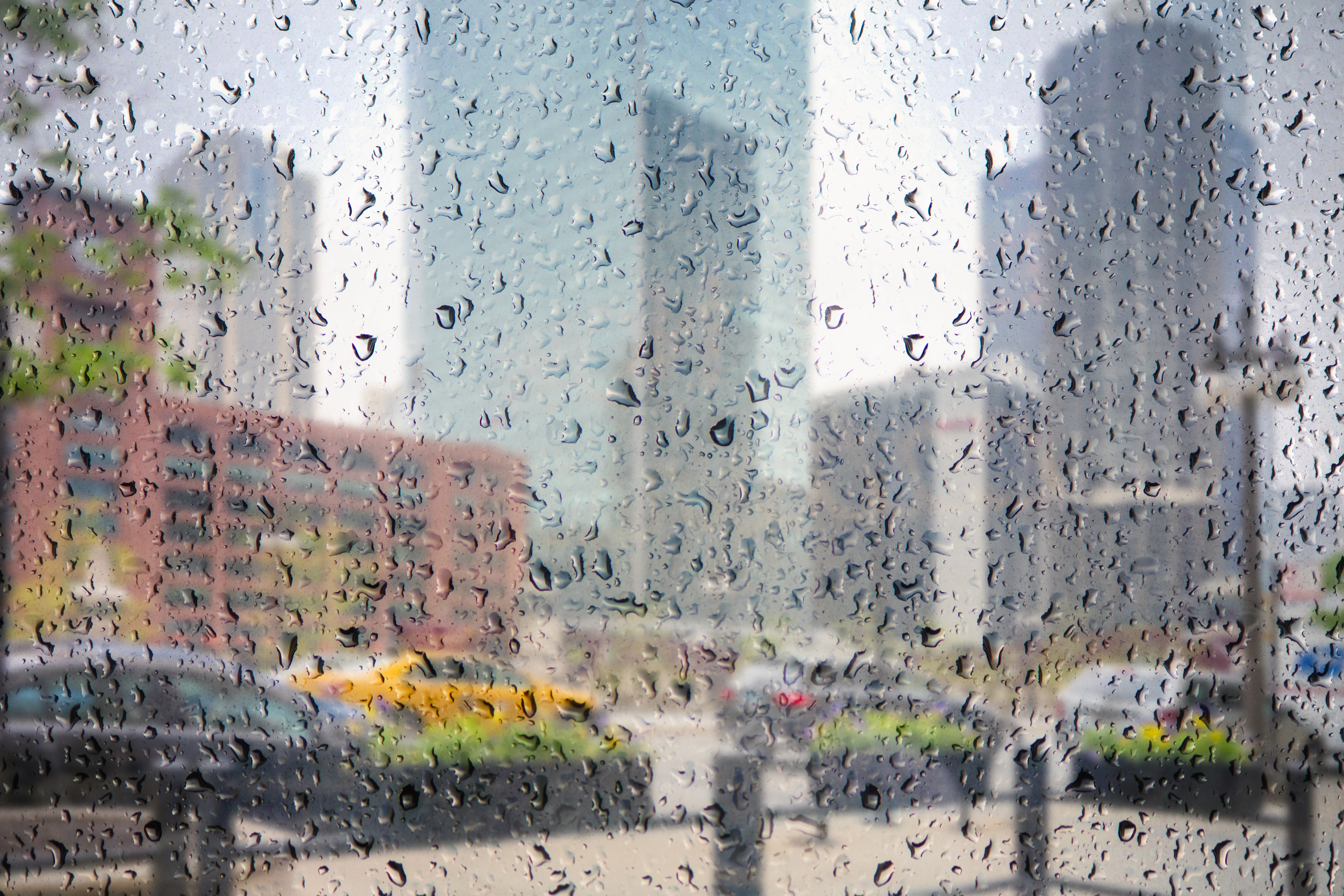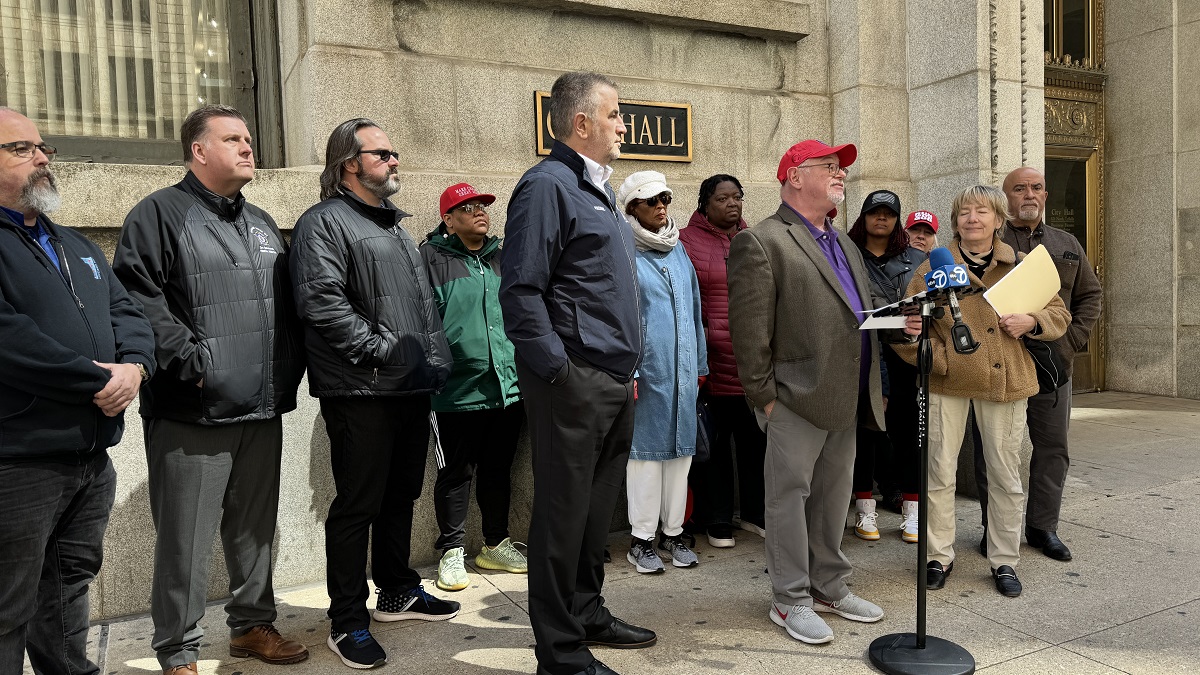While Illinois’ new phased reopening plan allows the state to make decisions for reopening on a region-by-region basis, some officials and residents are angry about their inclusion in a region that also includes the city of Chicago.
According to a map provided by Gov. J.B. Pritzker’s administration this week, most counties in northeastern Illinois are included in the same region as Chicago, meaning that their reopening schedule could be delayed more than that of their neighboring counties during the coronavirus pandemic.
As part of the phased reopening plan, Illinois’ 11 hospital regions have been broken down into just four reopening regions, with Chicago and numerous surrounding counties included in the “northeast region” of the state.
That region also includes McHenry, Lake, Kane, DuPage, Kendall, Grundy, Will and Kankakee counties.
“This is all based on hospital availability,” Pritzker said. “My view is that no matter how we drew these lines, there were people who were going to complain. These lines were drawn because we wanted to make sure there was healthcare availability.”
Pritzker emphasized that the hospital regions in the state have been on the books for decades, and are based on the number of healthcare facilities, hospital beds, and trauma units in each of the regions.
“They’re not based upon how many COVID-positive people are in your particular village or town or city, but rather on how many hospital beds and healthcare workers are available,” he said.
Local
While numerous mayors and public officials have complained that their inclusion in Chicago’s region could cause them to reopen later, in spite of comparatively lower levels of coronavirus infections, Pritzker says there is a serious reason that those communities have been grouped in with Chicago.
“I had to point out to some mayors of cities and towns around Chicago that their residents go into the city on a regular basis, and so when they say ‘the problem is in Chicago and not here,’ that’s just wrong,” he said. “People who live there are going to places with a higher infection rate and then going back to their village or their town.”
While many rural communities near Chicago have seen lower case numbers, the counties immediately surrounding Cook County have reported thousands of cases of the virus. In Lake County, 4,529 cases of the virus have been confirmed as of Wednesday, with 162 deaths. DuPage County has also reported more than 4,000 cases, with 220 deaths, and Will County has reported 3,332 cases with 189 deaths.
Other counties have been less hard hit. Kankakee County has reported 416 cases and 27 deaths as a result of the virus, while Kendall County has reported 346 cases and 10 deaths. Grundy County, in the far southwest corner of the northeast region, has 48 total cases and zero fatalities.
Coronavirus Deaths in Your City and State — and Across the US
These charts use daily coronavirus death data from Johns Hopkins University to show the seven-day moving average of deaths at the city, state and country level.
The impact of coronavirus varies enormously in the United States from one place to another.
Source: Johns Hopkins University.
Credit: Visuals by Amy O’Kruk/NBC, data analysis by Ron Campbell/NBC
Despite those lower numbers in the far reaches of the region, Pritzker said that the inclusion of suburban communities in the northeast region will also help to avoid one of the potential challenges posed by the virus: causing a second wave of infections by reopening communities too soon.
“Let’s be clear: the virus hasn’t gone away,” he said. “It’s still out there, and nothing that we’re doing now is changing that fact. What has reduced the number of potential infections and the number of people going into the hospital and dying is the fact that people have adhered to the stay-at-home order.
“The more we turn the dial up, allowing more and more interactions to occur in businesses and otherwise, the more risk we’re taking,” he added.



